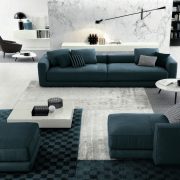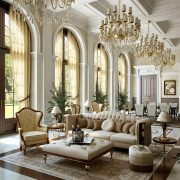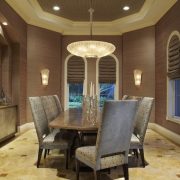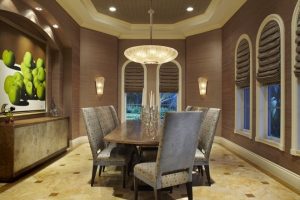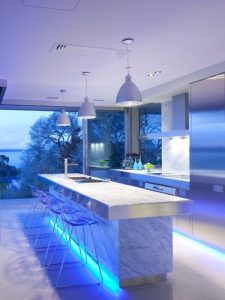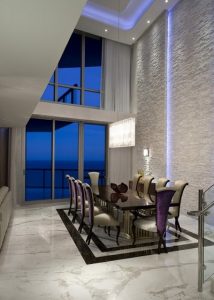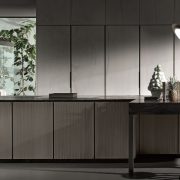5 Common Mistakes Made While Furnishing A Home
Everyone wants a picture perfect home where everything is in harmony, coordinated, styled and beautifully furnished. Having a home that you love and that other people admire comes down to having the right furniture in the right place. But furnishing a home can be a more difficult task than given credit to. Most houses don’t come with the perfect combination of furniture like in the catalogues. And if you choose to style your own home, it’s easy to become overwhelmed with the entire process.
To help you out during this time of need, here are a few tips and tricks so you don’t make these common mistakes when furnishing your home:
Missing Pieces: Filling In The Void
One of the most unpleasant situations when visiting someone’s home is not being sure where to sit. It’s obvious that the sofa is the protagonist of the living room, but if you like to host friends and relatives, do not forget to strengthen its presence with armchairs and ottomans giving people plenty of options to sit comfortably.
It’s also not only about seating, make sure that you aren’t missing the basics like a nice coffee table or side tables so people can put their drinks or plates down if you are entertaining. These will not only allow your guests to be more comfortable but it will also serve as a decorating piece for flower arrangements and accessories. Think about the usage of the space and pick pieces that fulfill your needs and the needs of those who will be using the space. If you don’t have people over often, opt for seating that is comfortable for your family. Also keep your options open with stools or small ottomans that can be moved around easily or tucked away when not in use.
The Importance Of Natural Light
Light is such an important part of a room: particularly in small houses, natural lighting is a strength that should be enhanced. If you have a smaller space, more natural light will make the room feel bigger and more spacious.
If, for whatever reason, there is little natural light in your home, use materials and colors to bring out the limited light. Use polished finishes and bright colors, or accent pieces with mirrors or metallic finishes that will bounce the light around. Try not to block windows with heavy drapes or furniture, choose sheer curtains or thin paper blinds that will diffuse the light all through the space, making it feel airy and idealistic.
Layout: A Place For Everything
Picking the wrong furniture for the layout of your space is a very common mistake. It can happen to the best of us, especially if you are working with an unusual shape, like a long and narrow space.
When faced with these types of challenges, try to use the furniture to allocate the available space into usable sections and avoid blockages or dead spaces. This will help give a defined purpose to each space and will allow for a natural flow between them.
Misfits: Square Peg, Round Hole
Arranging your furniture in a non-functional way will make even the best furniture look off and unappealing. The only way to really avoid this error is to plan in advance how your furniture will be distributed in the space and the dimensions of the furniture itself before putting it in the room.
You want to make sure that there is enough space to walk around each element and for there to be a harmonious balance between them. We recommend the use of a blue print to help you plan in advance and to make sure you use the correct measurements. If things don’t fit, there’s no way they will work!
Know Your Style, Don’t Just Copy
Of course, aesthetically speaking, you want your furniture to reflect your style and also to be in harmony with everything else in your home.
Be sure to be clear of what style you are going for before going out and buying furniture. Don’t be rigid about it, give yourself room to explore and change your mind, but stick to one thing so it all looks put together once it’s in the space.
In conclusion, think about what the space will be used for, let the light in and plan ahead! These are our tips to help you furnish your home in the best way possible so you will enjoy your home for years to come.
For more ideas and furnishing options, please feel free to get in touch with one of our talented interior designers on design@platinumhouse.ae who will make you decorating project a dream come true.

